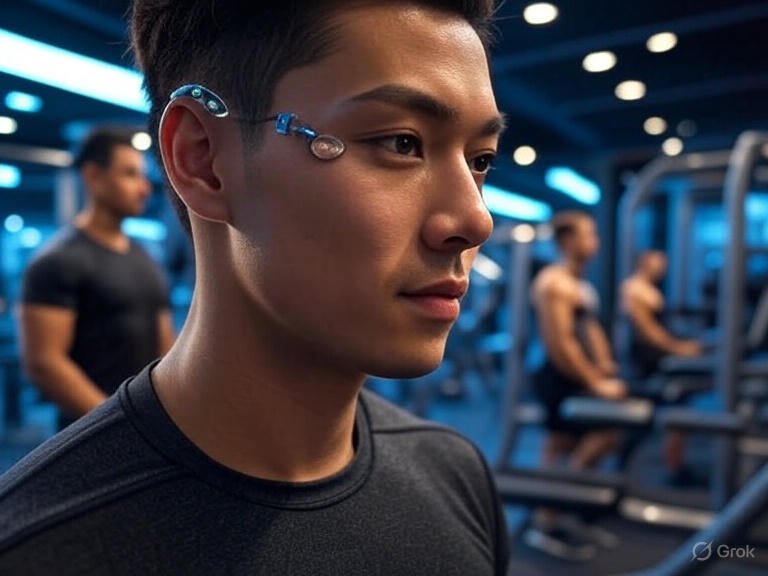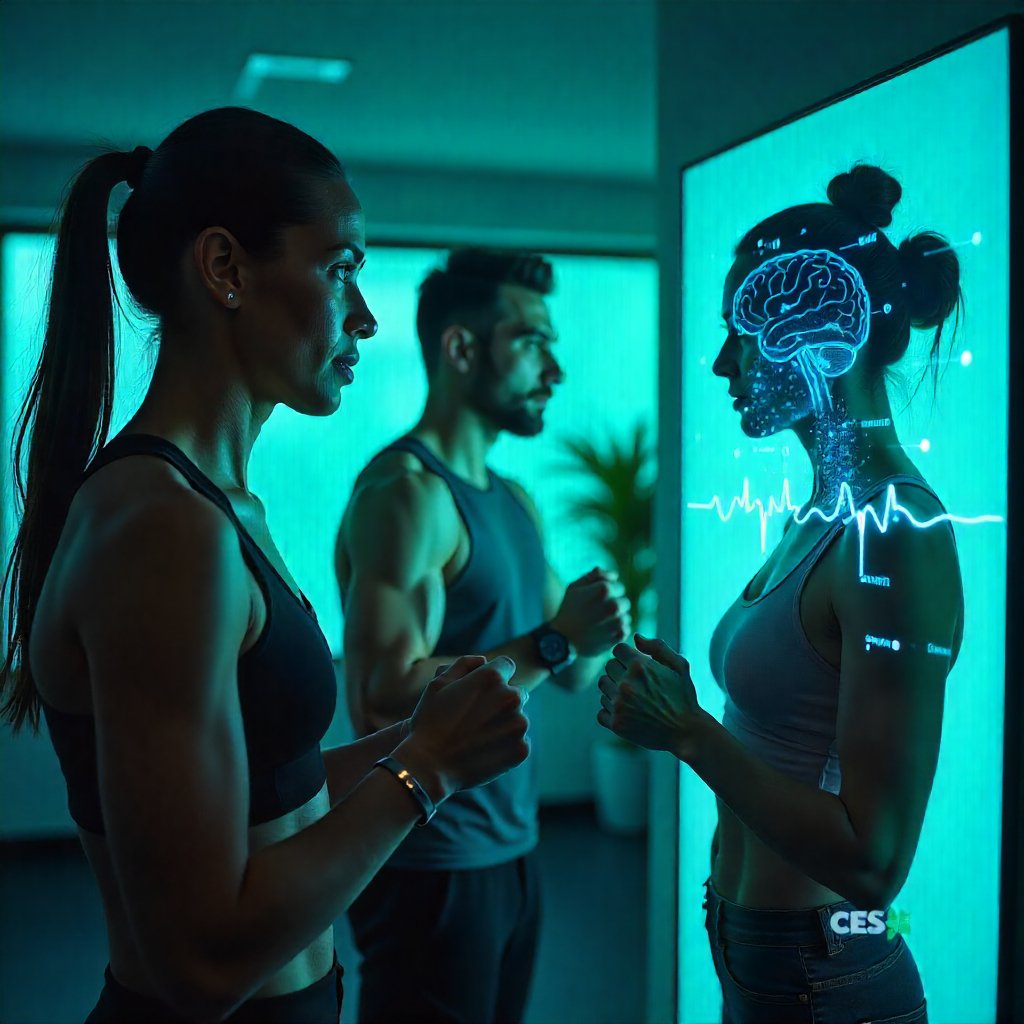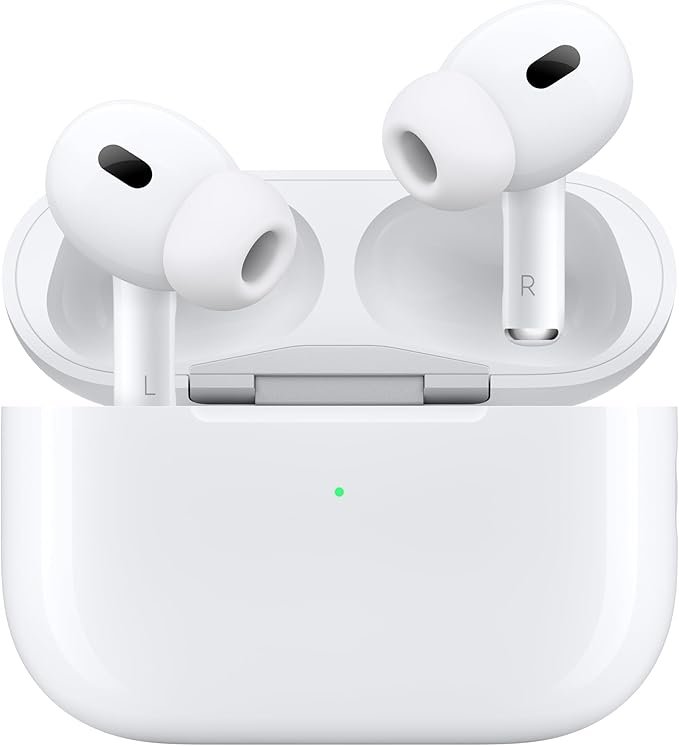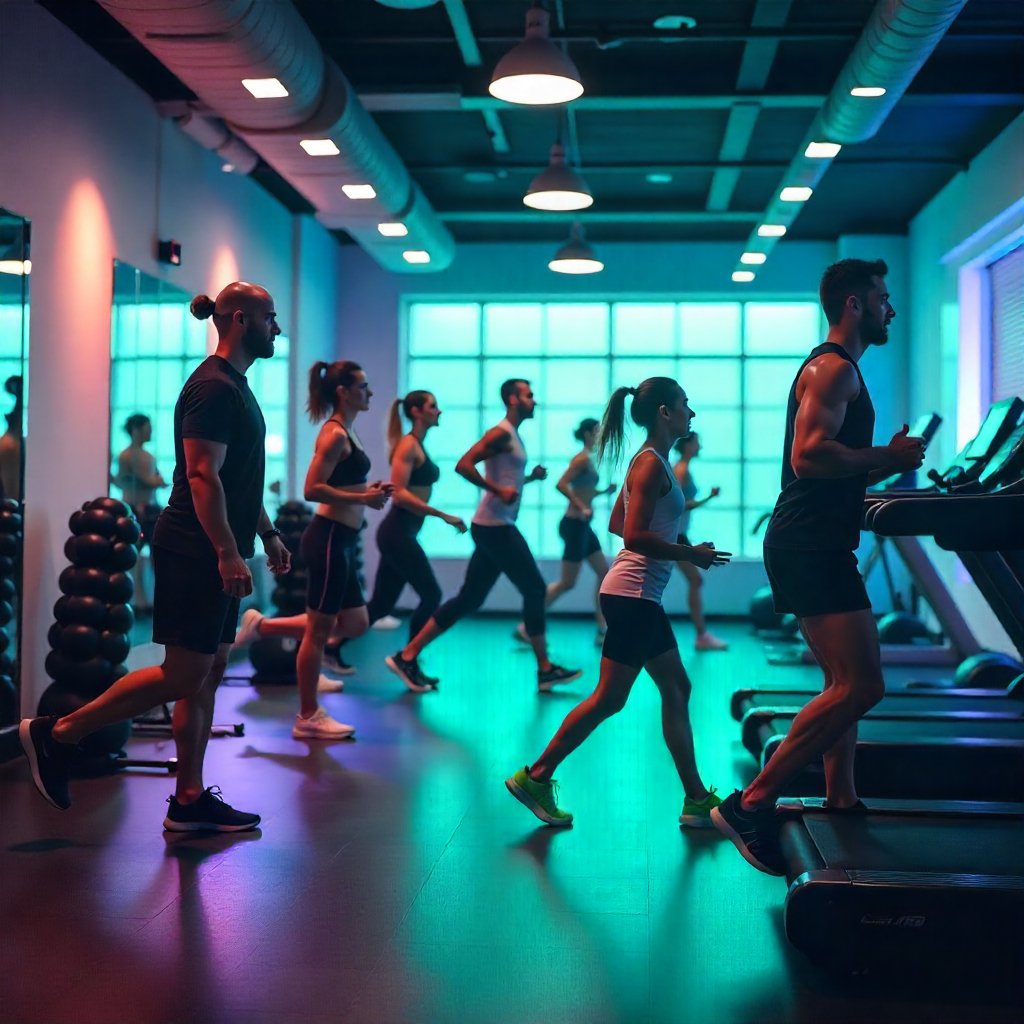The fitness industry is undergoing a seismic shift, fueled by cutting-edge technologies that empower individuals to optimize their health like never before. In 2025, biohacking implants and AI-personalized nutrition plans are at the forefront of this revolution, blending science, data, and personal empowerment to redefine wellness. This article explores these emerging trends, their impact on fitness, and how you can leverage them to achieve peak performance.
The Rise of Biohacking Implants
Biohacking implants are no longer the stuff of science fiction. These tiny devices, embedded under the skin, are transforming how we monitor and enhance our physical and mental performance. From tracking biometric data to augmenting human capabilities, implants are pushing the boundaries of what it means to be fit.
What Are Biohacking Implants?
Biohacking implants are small, often subcutaneous devices that integrate with the body to provide real-time health data or enhance functionality. Examples include:
-
RFID/NFC Chips: Implanted in the hand or wrist, these chips allow users to interact with devices, monitor health metrics, or even unlock doors with a wave.
-
Biomagnets: Placed in fingertips, these magnets enable users to sense magnetic fields, offering a unique tactile experience.
-
Biosensors: Devices like those developed by the Swiss Federal Institute of Technology monitor substances like glucose or lactate, acting as personal blood testing labs.
-
Neural Implants: Emerging technologies, like Neuralink’s, aim to enhance cognitive function or manage chronic conditions, with early applications targeting chronic pain.
Why They Matter for Fitness
Implants provide real-time feedback on metrics like glucose levels, heart rate, and hormone fluctuations, enabling precise adjustments to workouts and recovery. For example, continuous glucose monitors (CGMs) from companies like Levels or Nutrisense offer insights into how diet and exercise impact metabolic health, helping fitness enthusiasts optimize energy and performance. The global biohacking market, valued at $24.81 billion in 2024, is projected to grow at a CAGR of 18.95% through 2030, driven by demand for such technologies.
Getting Started
While implants may sound extreme, many are minimally invasive and increasingly accessible. Start by researching reputable providers like Cyborg Nest or consulting a healthcare professional to explore safe options. Always prioritize safety and ethical considerations, as unregulated DIY implants carry risks.
AI-Personalized Nutrition Plans: Your Genes, Your Diet
Gone are the days of one-size-fits-all diets. AI-personalized nutrition plans, powered by advancements in nutrigenomics and data analytics, are revolutionizing how we fuel our bodies. By analyzing genetic, microbiome, and lifestyle data, these plans offer tailored dietary recommendations for optimal fitness outcomes.
How AI-Personalized Nutrition Works
AI-driven platforms like Suggestic or Nutrigenomix analyze:
-
Genetic Data: DNA tests reveal predispositions to dietary sensitivities or nutrient needs, allowing customized meal plans to prevent chronic diseases.
-
Microbiome Analysis: Gut health testing identifies microbial imbalances, guiding probiotic or dietary adjustments to boost metabolism and immunity.
-
Wearable Data: Devices like the Oura Ring or Fitbit sync real-time metrics (e.g., sleep, activity) to refine nutrition plans dynamically.
The personalized nutrition market is projected to reach $16.5 billion by 2025, reflecting growing consumer demand for tailored wellness solutions.
Benefits for Fitness Enthusiasts
-
Optimized Performance: AI tailors macronutrient ratios to your body’s needs, enhancing energy for workouts and recovery.
-
Disease Prevention: Personalized plans reduce risks of conditions like diabetes by aligning diet with genetic predispositions.
-
Sustainability: Data-driven insights improve adherence to healthy eating, making fitness goals more achievable.
How to Integrate AI Nutrition
-
Get Tested: Use services like CircleDNA or Viome for genetic or microbiome analysis.
-
Choose a Platform: Apps like Suggestic integrate with wearables to create dynamic meal plans.
-
Consult Experts: Work with a nutritionist to interpret data and ensure safe implementation.
The Future of Fitness: What’s Next?
The convergence of biohacking implants and AI nutrition is just the beginning. Emerging trends to watch in 2025 include:
-
CRISPR-Based Enhancements: Genetic editing for performance optimization, though ethical debates persist.
-
Vagus Nerve Stimulation: Devices like Pulsetto’s target stress reduction and metabolism, enhancing workout recovery.
-
Gut Biome Hacking: Advanced microbiome testing will further personalize nutrition, impacting mood and energy.
The biohacking market is expected to surpass $178.19 billion by 2034, driven by consumer interest in self-optimization and preventive healthcare.
Tips to Get Started
-
Start Small: Use wearables like the Oura Ring to track sleep and activity before exploring implants.
-
Research Thoroughly: Verify the safety and efficacy of biohacking tools through credible sources like Harvard Medical School or peer-reviewed studies.
-
Consult Professionals: Always seek medical advice before adopting invasive technologies or drastic dietary changes.
-
Join Communities: Engage with biohacking communities on platforms like X to share experiences and learn from others.
Conclusion
Biohacking implants and AI-personalized nutrition plans are reshaping fitness in 2025, offering unprecedented control over health and performance. By leveraging real-time data and cutting-edge technology, you can optimize your workouts, recovery, and overall well-being. Ready to join the fitness revolution? Explore these trends, start with accessible tools like wearables or DNA tests, and share your journey in the comments below!








